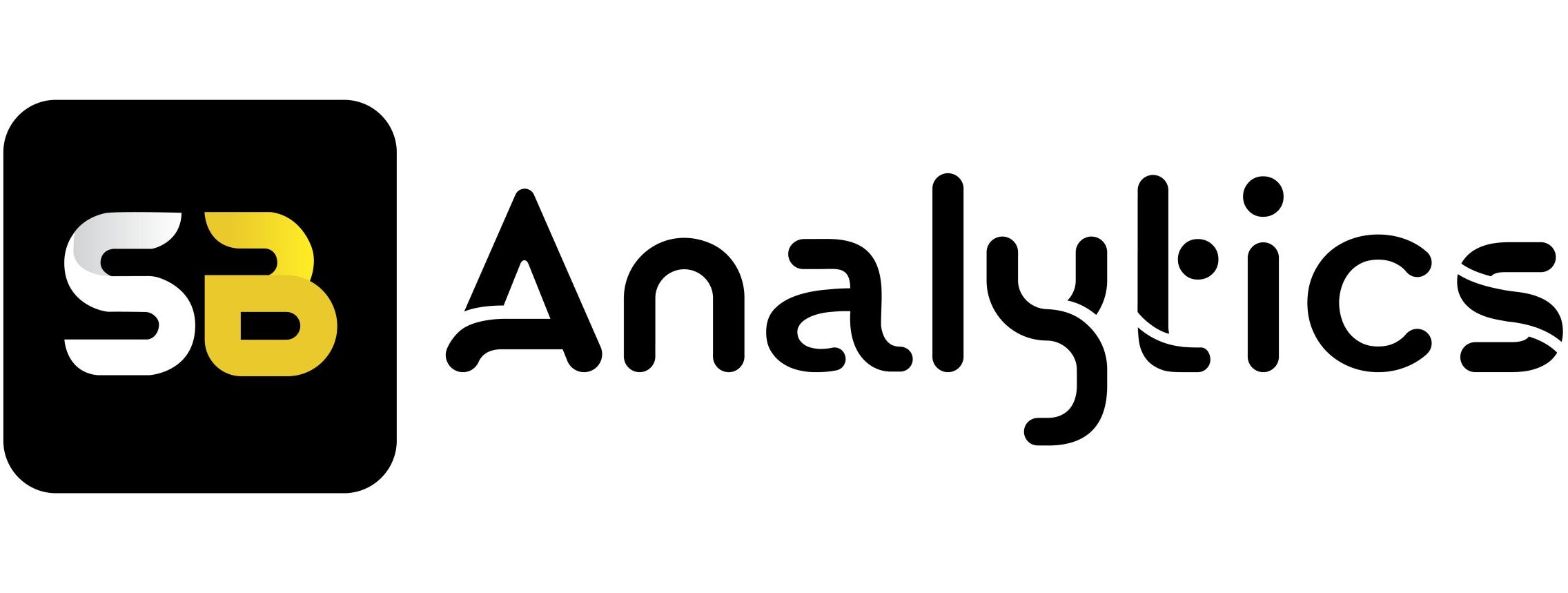What Is Metaverse and The Key Terms You Need to Know About It
To begin let us tell you that understanding the metaverse can be a tad complicated for beginners -especially since it does not exist yet.
Now, since big tech companies like Microsoft, Epic Games, Nvidia, and Facebook (aka “Meta”) will not stop their chit-chats about it, there is a growing lexicon to describe the next iterations of the internet. In that spirit, Quartz compiled a list of exclusive vocabulary for the metaverse-curious readers.
Explaining The Metaverse
If the present internet-based experience of the visitors is two-dimensional (that implies you just browse and scroll through it on a screen) the world of the metaverse is 3D.
And in the metaverse, you will be “walking” through it via connected glasses or headsets.
Now, even though it is still not clear whether there will be one or multiple metaverses, one factor that remains constant is:
The metaverse is an immersive next-gen version of the present internet, which is likely going to be rendered by augmented or virtual reality technology.
The venture capitalist, Matthew Ball whose writing greatly influenced Facebook’s founder Mark Zuckerberg, defines the metaverse as a “successor state of the mobile internet” and “a platform for human leisure, labor, and existence at large.”
Meet Your Digital Twin
1. Mirror World
A mirror world is a digitally manifested version of the real world where there are virtual counterparts of places, real-life people, and things.
Mirror worlds are often found in science fiction stories like The Matrix film series, Stranger Things, etc.
The metaverse could be a mirror world designed to immaculately reflect the physical world we live in, or could even bear a resemblance to an entirely new world that one might find in video games.
2. Avatar
An avatar is what you consider as your persona in a virtual world. This digital rendering of your appearance might look like you or even resemble a cartoon (like Apple’s “Memoji” or Snapchat’s “Bitmoji”), or appear as fantastic as Fortnite’s “skins”.
3. Digital Twin
A digital twin is the virtual version of any real-life structure, object, or thing. This term was first stated in the book Mirror Worlds written by David Gelernter in 1991.
This digital twin technology was later first used by NASA to run a simulation of space capsules in 2010.
Presently Microsoft has put forward a particular emphasis on the requirement of digital twin technology in building the world of the metaverse.
4. Skeuomorphic Design
This skewwhiff term essentially means that virtual objects will be made to closely resemble real-world ones.
Much like the metaverse which can resemble the physical world, nevertheless, it does not have to be identical to it. Rather it will often appear tethered to the designs and physics of our reality.
What Is the Difference Between AR, VR, MR, and XR?
Augmented Reality (AR)
Augmented Reality is a digital overlay projected on the real world. Think about Snapchat’s dancing hot dog, Niantic’s Pokemon Go, or even wearables like Google Glass.
While this is true that Google Glass never took off, nevertheless as one of the best AI company in Bangalore, we think that we could soon be peering through AR-connected wearables like Snapchat Spectacles or Facebook’s Ray-Ban Stories.
Virtual Reality (VR)
Virtual Reality is an immersive experience where someone places a headset and visualizes and can operate within a digital world.
VR in present times uses full headsets rather than glasses, transporting the users into a 360° virtual world where the users can move around.
Mixed Reality (MR)
Mixed Reality as suggested by the term incorporates certain elements of both AR and VR – but the definition is murky.
In MR a person can interact with both the real world and virtual objects, and virtual objects can interact with ones from the real world. For instance, the dancing anthropomorphic Snapchat hot dog can dance across the table without falling off its edge.
Extended Reality (XR)
Extended Reality is a catch-all term for AR, VR, and MR, where all these concepts often overlap. In XR the boundaries between AR, VR, and MR might eventually blur as the metaverse becomes a reality in the days to come.
NAVIGATING THE MANY METAVERSES
Neal Stephenson
Neal Stephenson is a sci-fi writer who coined the term “metaverse” in his popular novel Snow Crash in 1994.
In this novel, the “metaverse” is a persistent virtual world navigated by the aptly-named central character of the plot “Hiro Protagonist”.
Massively Multiplayer Online Role-Playing Game (MMORPG)
These are interactive games that form the basis of what many presently believe will be the metaverse.
In MMORPG millions of users interact in shared spaces- build things, play games, visit virtual shops and even go to concerts. Some of the examples of MMORPG include Roblox, Fortnight, and the NFT-based Axie Infinity.
Second Life
This is an online virtual world, introduced in 2003.
Actually, Second Life is one of the early examples and social experiences in the metaverse.
Even though not quite an MMORPG, Second Life remains an open-world social world with avatars, and the metaverse may resemble a VR version of Second Life.
Oculus and Horizon Workrooms
Facebook the social media company bought Oculus in 2014 for 2.3 billion dollars. While Oculus has been a leading VR platform for many years, it may now be the portal (as many of us hope) to peek at Facebook’s version of the metaverse.
In the meanwhile, Facebook has already introduced a virtual work experience known as Horizon Workroom, which is a kind of VR version of Zoom with legless avatars.
Nonfungible Tokens (NFTs)
NFTs are blockchain-based certificates of authorization for digital objects, which can allow proof of ownership of goods in the world of the metaverse.
Conclusion
Hence for those whose lives are already being lived partly in the metaverse (despite its pitfalls and risks), the emergence of a new digital world has begun.
To Know More
GET IN TOUCH

